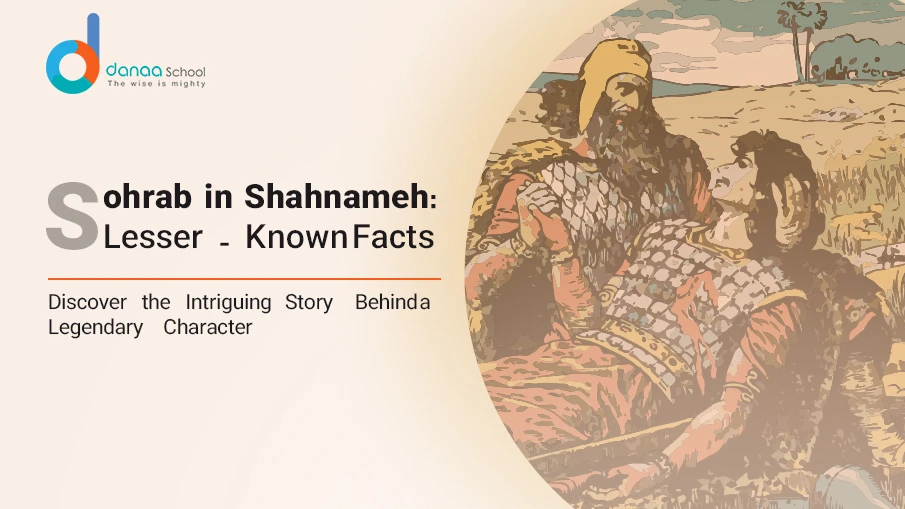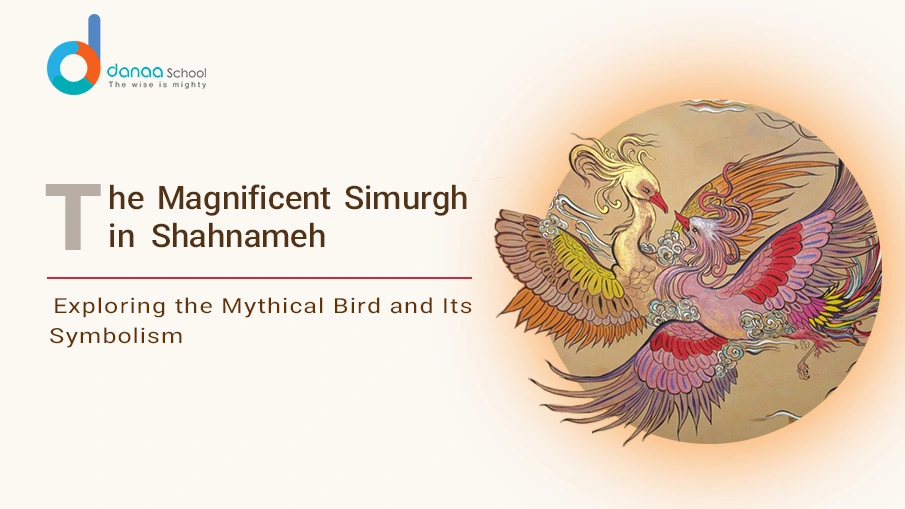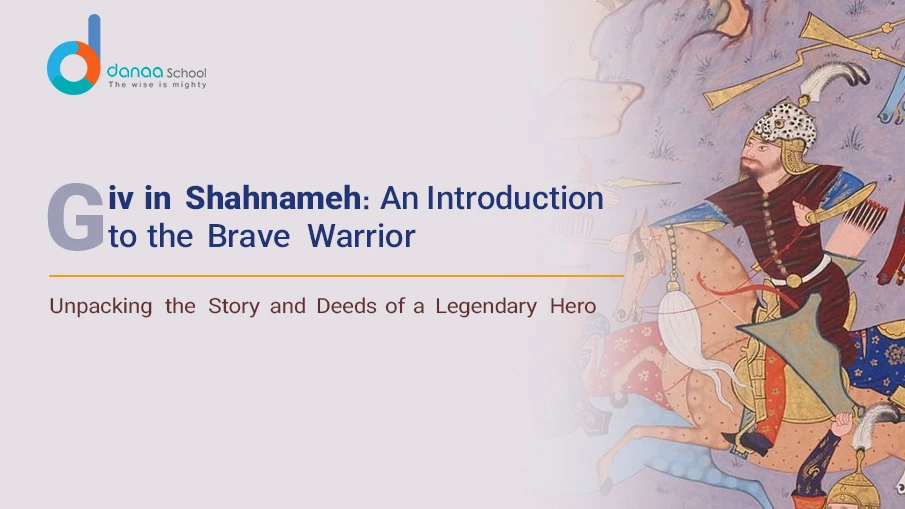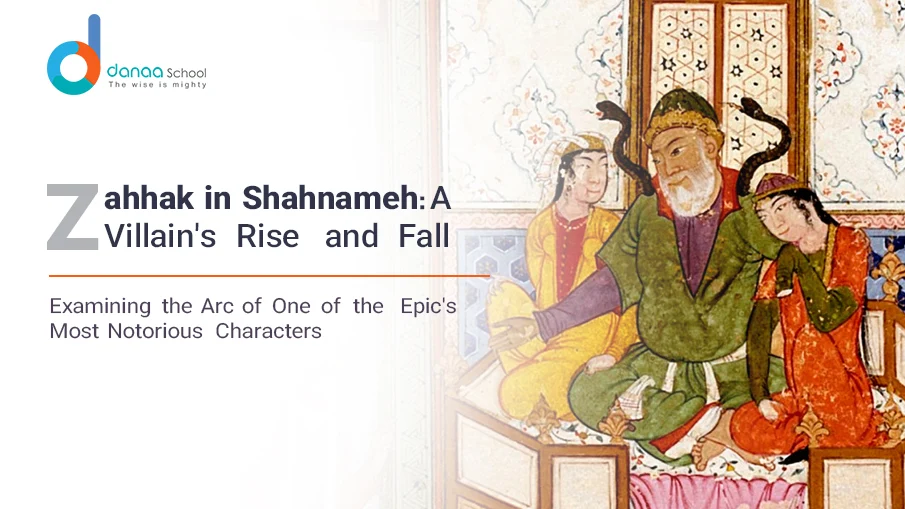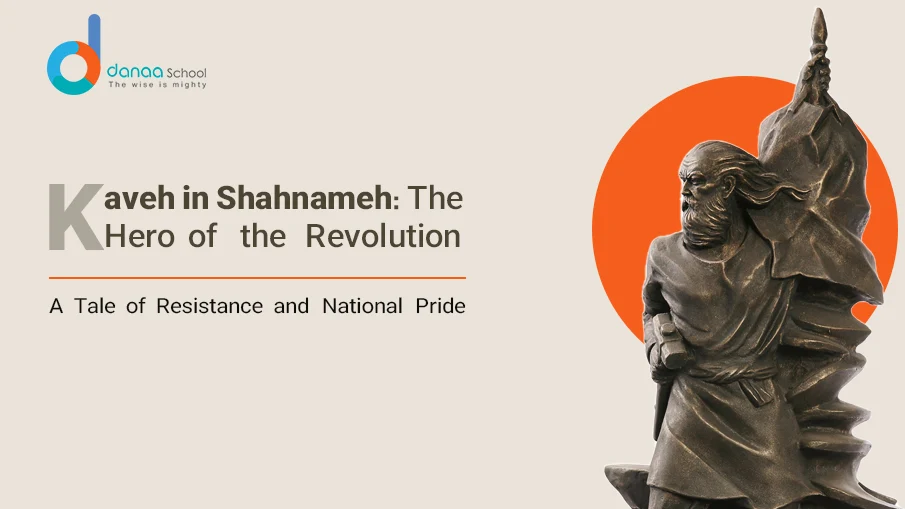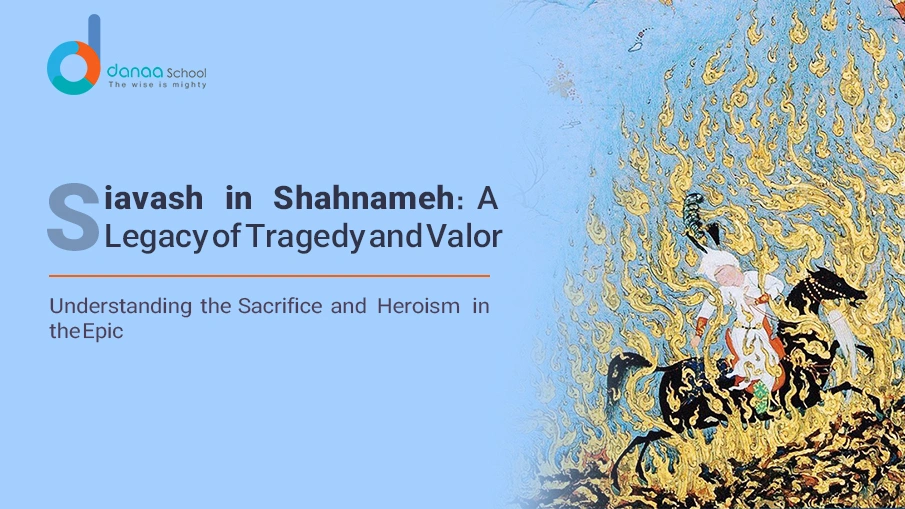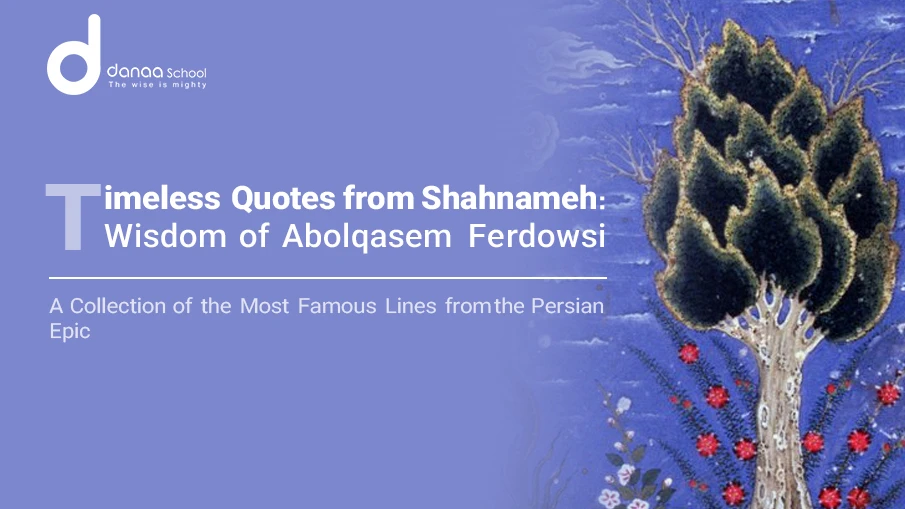Shahnameh, the “Book of Kings,” is an unparalleled epic in Persian literature, spanning thousands of years of history, myth, and legend. Composed by the revered poet Ferdowsi, Shahnameh weaves the tales of ancient Persian heroes and kings, immortalizing their deeds for future generations. Within this grand tapestry, the character of Sohrab Shahnameh emerges as a figure of both tragedy and greatness, leaving an indelible mark on the epic narrative.
Who is Sohrab in Shahnameh?
Sohrab, the son of the legendary hero Rostam and the Turanian princess Tahmineh occupies a central role in Shahnameh, embodying the complexities of lineage, identity, and destiny. Born into a world torn apart by warfare and political intrigue, Sohrab inherits the legacy of his father’s prowess and courage while grappling with his mixed heritage’s burden. As the product of a union between two warring factions, Sohrab symbolizes the fragile balance between opposing forces in ancient Persia.
What is Sohrab famous for?
Sohrab’s fame extends far beyond his noble lineage; he is celebrated throughout Shahnameh for his unparalleled combat skills and unwavering commitment to honor and glory. From a young age, Sohrab displays a natural talent for warfare, mastering the arts of swordplay and strategy with remarkable ease. His exploits on the battlefield earned him admiration and respect from friends and foes alike, solidifying his reputation as one of the greatest warriors of his time.
The story of Sohrab Shahnameh
Sohrab’s journey reveals against a tumultuous era, where empires rise and fall, and destinies are forged on the battlefield. Born into obscurity and raised in the court of the Turanian king, Afrasiab, Sohrab grows into a formidable warrior, unaware of his true parentage. However, fate conspires to bring father and son together in a tragic confrontation, as Rostam unknowingly faces his flesh and blood on the battlefield. Their reunion sparks a chain of events that culminates in heartbreak and sorrow, leaving a lasting impact on the world of Shahnameh.
Throughout his odyssey, Sohrab encounters diverse characters, each contributing to his growth and development as a hero. From his loyal companion Gudarz to his rival and eventual adversary Rostam, Sohrab’s interactions with others offer insights into his character and the world around him. His quest for identity and recognition takes him to the far corners of the Persian empire, where he faces trials and tribulations that test his courage and resolve.
The significance of the story of Rostam and Sohrab
The tale of Rostam and Sohrab is one of the most poignant and enduring in Persian literature, exploring themes of love, loyalty, and the relentless march of fate. At its heart lies the tragic conflict between father and son, as Rostam unwittingly takes the life of his child on the battlefield. Their story is a cautionary tale against the destructive power of pride and hubris while highlighting the enduring bonds of kinship and the complexities of human relationships.
The relationship between Rostam and Sohrab
The relationship between Rostam and Sohrab is a central focus of Shahnameh, marked by moments of tension, reconciliation, and, ultimately, tragedy. Initially adversaries on the battlefield, their eventual recognition of their familial ties adds complexity to their dynamic as they grapple with the implications of their shared bloodline. Despite their love for each other, fate conspires to drive them apart, leading to a devastating showdown that reverberates throughout Persian history.
The significance of Rostam and Sohrab
The story of Rostam and Sohrab serves as a timeless reminder of the complexities of human nature and the consequences of our actions. Through their struggles and sacrifices, Shahnameh invites readers to reflect on the universal themes of love, loss, and the pursuit of truth. Their legacy is a testament to the enduring power of myth and the resilience of the human spirit, inspiring countless generations with its timeless message of redemption and forgiveness.
The relationship between Rustam and Sohrab
As the narrative reveals, the relationship between Rostam and Sohrab evolves from enmity to tragic kinship, marked by moments of reconciliation and remorse. Despite their shared bloodline, their destinies remain inexorably intertwined, leading to a climactic showdown that echoes across the ages.
The significance of the story of Rostam and Sohrab
The story of Rostam and Sohrab endures as a timeless testament to the power of storytelling and the enduring legacy of Persian culture. Shahnameh continues to captivate and inspire audiences worldwide, inviting reflection on the human condition and the eternal struggle between light and darkness through its rich tapestry of characters and themes.
Why Danaa School?
At Danaa School, we offer comprehensive Shahnameh classes taught by expert instructors with deep knowledge of Persian literature. Our interactive and engaging curriculum is tailored to student’s needs, providing a unique opportunity to explore the rich tapestry of Shahnameh in depth. By enrolling in Danaa School’s Shahnameh classes, you’ll access a supportive learning community passionate about Persian culture and heritage.
Conclusion
In the grand tapestry of Persian Poetry and literature, the story of Sohrab stands as a timeless testament to the enduring power of myth and the universal truths that transcend time and place. From his noble lineage to his tragic demise, Sohrab’s journey serves as a poignant reminder of the complexities of fate and the eternal quest for meaning and identity. Enroll in Danaa School’s Shahnameh classes today!
FAQs
1. **Are Danaa School’s Shahnameh classes suitable for beginners?**
Danaa School’s Shahnameh classes are designed to accommodate learners of all levels, including beginners. Our expert instructors provide comprehensive instruction and support to help students grasp the intricacies of Persian literature.
2. **What resources are available to students enrolled in Danaa School’s Shahnameh classes?**
Students enrolled in Danaa School’s Shahnameh classes can access various resources, including textbooks, supplementary reading materials, and online multimedia resources, to enhance their learning experience.
3. **How long are the Shahnameh classes at Danaa School?**
The duration of Shahnameh’s classes at Danaa School varies depending on the specific course and curriculum. We offer flexible scheduling options to accommodate students’ preferences and availability.
4. **Do I need prior knowledge of Persian or literature to enroll in Danaa School’s Shahnameh classes?**
While a basic understanding of the Persian language and literature can be helpful, Our instructors provide thorough explanations and translations to ensure all students fully engage with the material.
5. **Are Danaa School’s Shahnameh classes conducted online or in person?**
Danaa School’s Shahnameh classes are conducted online to provide flexibility and accessibility to students worldwide. Our virtual classroom environment allows for interactive learning experiences and fosters meaningful discussions.
6. **What distinguishes Danaa School’s Shahnameh classes from other programs?**
Danaa School’s Shahnameh classes stand out for their comprehensive curriculum, expert instruction, and supportive learning community. Our focus on cultural enrichment and appreciation sets us apart, giving students a deeper understanding of Persian heritage.
7. **Can I receive a certificate of completion after finishing Danaa School’s Shahnameh classes?**
Upon successfully completing Danaa School’s Shahnameh classes, students can receive a certificate of completion to recognize their achievement and dedication to studying Persian literature.



